This is the fifth post in our series where we test the on-page SEO of the world’s most popular CMS systems.
We previously covered WordPress, Wix, Squarespace, and GoDaddy.
This time we’re turning our attention to Joomla. Specifically, Joomla 5 which was officially launched in October 2023.
We had already tested Joomla 3 and Joomla 4 in the past. While Joomla 3 still had a few gaps in its SEO functionality, Joomla 4 pretty much closed them all. Now, with the new release of Joomla 5, we were curious to see if Joomla has improved its SEO functionality even further – maybe even making it to #1 in our overall comparison?
Read on to discover:
- how well set up for on-page SEO Joomla 5 is out of the box,
- how you can configure your Joomla site to rank higher in Google
Let’s get started with a summary.
In Summary: Is Joomla good for SEO?
Joomla is an open-source CMS. You’ve got full access to the underlying code and can also create your own plugins/extensions to modify the system’s core functionality.
So with some coding chops (and the luxury of time), we would wager that there’s nothing you can’t do to fully optimize your Joomla site.
But with that being said, in this series, we’re focusing on the out-of-the-box SEO functionality of the major CMS systems. Give or take a few plugins/extensions, we want to keep our hands (and website) reasonably clean.
Earlier in 2021, we tested Joomla 3. And while we liked it overall, there were definitely a few gaps in the CMS’s SEO functionality. Later, we also tested Joomla 4, and it already plugged most of the holes we ran into by then.
The good news?
Joomla 5 is even better!
Everything we like to control for on-page SEO can be configured in Joomla’s admin area. And we were also impressed with Joomla 5’s out-the-box speed — with only minimal tweaks required to get an impressive score on Google’s PageSpeed Insights.
How we tested the SEO capabilities of Joomla
Like WordPress, it’s difficult to test Joomla in isolation as much of its SEO performance will be down to individual configurations (i.e. host/server) and choices (templates/extensions).
But as with our previous tests, we tried to keep extensions/plugins to a minimum, configuration to as close to “out the box” as possible, and opted for popular templates.
Here’s what we did:
- We set up a small test site on an A2 hosting plan with the same specs as the server hosting our previous WordPress test site
- We added demo content similar to our other test sites
- We tried out 3 Joomla SEO extensions (and settled on one)
- We tested 2 of the most popular Joomla templates (Helix Ultimate, and Joomla 5’s default Cassiopeia template)
- Tests included manual review, running the site through our own SEO audit tool, and testing using third-party tools such as Google’s PageSpeed Insights and GTMetrix.
Which Joomla SEO extensions did we try?
While testing both Joomla 4 and Joomla 5, we road-tested three SEO extensions:
So which do we recommend?
Firecoders Route66
It’s as close as you’ll get to a WordPress SEO plugin like YOAST for Joomla, while also being free to use. You’ll get snippet previews and full control over all the key on-page SEO fundamentals.
Quite simply, Joomla 5 and Route66 go together like peas and carrots.
Any downsides?
Not really.
In actual fact, Joomla 5 covers most, if not all important SEO functionality straight out of the box. So, even though we chose to use Route66 for a couple of extra nifty features, it’s not required for most on-page tinkering.
Joomla SEO: The good, the bad, and the ugly
Before reviewing Joomla’s control of on-page SEO factors, let’s run through some of the SEO highlights (and lowlights) of the platform.
Good: Joomla 5 is lightning-fast out-of-the-box
Joomla 4 was already super fast and this remains the case for Joomla 5.
Without installing any third-party extensions, our test site (when running on Cassiopeia) scored 93/100 on PageSpeed Insights mobile.
What did we do to optimize the site’s speed?
Absolutely nothing.
Note: Joomla 5 is super fast out of the box. But poorly optimized templates, or sub-optimal server configurations could still slow it down. So check out our page speed optimization guide for a ton of tips.
The bad: Fewer resources available if you want to make custom changes compared to some other CMSs
Although this series focuses mainly on SEO basics, there may come a time when you need to add some custom code or stray away from the basic configuration settings offered out of the box.
Now, we must admit that we are nitpicking a little bit here…
This is something we haven’t mentioned for other CMSs which do have the same issue. However, when compared to a CMS like WordPress, there are fewer beginner-friendly resources out there for more advanced changes.
This definitely shouldn’t be a dealbreaker though. Most things are very easy in Joomla and, when you include plugins, custom changes are few and far between.
The ugly: Out-of-the-box many basic SEO settings are buried
It can be- easy to miss basic SEO settings due to the way Joomla’s standard control panel is organized.
For example, on an article, the SEO title is buried right at the bottom of the options tab…
…while the meta description is located under the publishing tab.
Wouldn’t it make more sense to have these in the same place?
On-Page SEO Fundamentals: How does Joomla measure up?
Now let’s turn our attention to control of some of the fundamental on-page SEO factors.
Does Joomla cover them all?
Pretty much. We’d have liked to have seen better control of templating for titles and meta descriptions. But other than that, Joomla 5 with the Route66 extension installed has you covered.
Here’s our summary again.
Note: having control of an SEO ranking factor is not equal to its optimization. SEO audit tools like Seobility offer advice on how to properly optimize each element and find errors in optimization that may be holding back your site. See our SEO audit guide for more information on how to fully optimize your website.
SEO Titles and Meta Descriptions
Control in Joomla: yes
A page’s title continues to be one of the most important on-page ranking factors. And a well-written meta description can help you get more click-throughs (although Google won’t always use it).
The good news is, you can set page titles and descriptions in an out-of-the-box Joomla 5 installation. But you’ll need to know where to look.
The SEO title (which Joomla calls “Browser Page Title”) is tucked away at the (VERY) bottom of the options panel…
Edit Article > Options > Browser Page Title
…while the meta description setting is bundled under the “Publishing” tab.
Edit Article > Publishing > Metadata > Meta Description
We think it would make more sense to keep these together. But no biggie.
If you’re using Route66, you get an extra SEO tab where you can set a target keyword and view a preview of how your post will look in the SERPs.
This will also give you an SEO score, much like Yoast does for WordPress.
Sweet.
When it comes to templating titles, unfortunately, there’s no easy way to do it.
You can choose to include your site name in your titles as a prefix or suffix in your site’s global configuration.
System > Global Configuration > SEO
And of course, if you want to write some custom code, you’re free to create a custom title (or meta description) format in your template (instructions here).
Learn more about SEO Titles and Meta Descriptions
- How to write the Perfect SEO Meta Description (Seobility blog)
- Meta Title – Definition + Best Practices (Seobility Wiki)
- Customizing the dynamic page title (Joomla)
Page slug / URL
Control in Joomla: yes
We recommend creating short, descriptive, 2-3 word slugs, including the primary keyword (or phrase) for each page. Use hyphens to separate words.
Previous versions of Joomla did support search engine friendly URLs. But the process was a little fiddly and you would probably have wanted to use an extension to manage them.
Fortunately, Joomla 4 has made the process of enabling (and managing) search engine friendly URLs much more straightforward which is still the case for Joomla 5.
Your first step is to enable “Search Engine Friendly URLs” and “Use URL Rewriting” in the SEO panel of global config.
System > Global Configuration > SEO
Once enabled, you’ll need to rename htaccess.txt (found in your site’s root directory) to .htaccess if you haven’t done so already.
And then you can use the “Alias” field to set a search engine friendly slug for an individual article.
Learn more about URL slugs/permalinks
- Permalinks – Definition and examples (Seobility Wiki)
- Enabling Search Engine Friendly (SEF) URLs (Joomla)
Canonical URLs
Control in Joomla: yes
On smaller sites, you probably won’t need to worry about this.
But if you have a series of similar pages on your site — i.e. targeting the same keywords, or with very small variations in content — there may be times when you’ll want to set a canonical (master) URL.
This helps to avoid duplicate content issues.
Route66 automatically handles matching URLs, adding a canonical pointing to the main page. This covers most causes of duplicate content.
However, if you want more granular control, you’re going to need another plugin. A number of Joomla plugins for canonicalization are available.
Index control (robots meta tag)
Control in Joomla: yes
The robots meta tag instructs Google to either index (1), or not to index (2) a page:
- <meta name=”robots” content=”index, follow”> – index this page please Google
- <meta name=”robots” content=”noindex, follow”> – ignore this page please Google (but follow the links on it)
You don’t actually need the first one as (assuming your page meets their quality standards) indexing is Google’s default action. But it doesn’t do any harm to have it in place.
Joomla 5 lets you set this in the “Publishing” tab of an article’s edit screen.
Edit Article > Publishing > Metadata > Robots
I switched to the Route66 plugin because it’s free – using a paid plugin isn’t a fair comparison. It doesn’t offer canonicalization in the free plan, but there are free plugins out there.
We can potentially change this to “partially” if you prefer, although it technically is possible with a free plugin.
Learn more about index control
- What is noindex and how do you implement it? (Seobility Wiki)
Heading Tags (h1, h2, h3 etc)
Control in Joomla: yes
Heading tags (h1, h2, h3, etc) help Google understand the structure and topic(s) of your page.
They should be properly nested.
For example, an h1 tag would generally be the main topic (level 1), an h2 a subtopic (level 2), and an h3 a sub-sub topic (level 3), and so on.
<h1>Pets</h1> (topic of the page)
<h2>Goldfish</h2> (subtopic)
<h3>Caring for your goldfish</h3> (subtopic of goldfish)
<h4>Clean your fish’s tank regularly</h4> (subtopic of caring for your goldfish)
<h2>Cats</h2> (subtopic)
<h3>Caring for your cat</h3> (subtopic of cats)
Joomla supports a full range of heading tags from H1-H6.
As it should!
Learn more about heading tags
- How to use headings – SEO Best Practices (Seobility Wiki)
Schema Markup
Control in Joomla: yes
Structured data (also known as schema) can help Google understand:
- the type of content on a page (i.e. recipe, review, product, article),
- the entity behind the website (i.e. organization),
- and can also be used to show additional search features (rich snippets)
If you’re not familiar with structured data and its impact on SEO, we recommend reading our rich snippets guide.
You’ve got several options for including custom schema on your Joomla website and pages.
First up, there are several specialized extensions, such as this one from tassos.gr (free and paid versions available). They make it easy to add schema and some will even do the entire thing for you.
But you can also manage schema directly in Joomla 5!
Navigate to Edit Article > Schema and click the link to get set up:
You can then add your organization schema and click on the save button. After doing that, navigate back to your post and click on the schema tag again.
Now, you should be able to add Schema.org schema to your pages and articles.
After filling it in, click save and you’re good to go!
Learn more about structured data and rich snippets
- Rich Snippets: Everything You Need To Know (Seobility blog)
Image SEO
Control in Joomla: yes
The three most important elements of image SEO are:
- Alt text (description of the image for screen readers and search engines)
- File size (smaller = faster = better)
- File name (we recommend using descriptive file names)
Joomla 5’s standard image editor supports alt text, allows you to change the image title, and set width and height attributes…
…and they won’t mess with your filenames. So as long as you use a descriptive filename when saving before uploading to Joomla, that’s what you’ll get.
With regards to optimizing image file sizes, you’ll have to handle that in a different way.
Your options are to either:
- a) make sure your images are compressed before uploading (preferred, regardless of the CMS you’re using), or
- b) install an extension to compress your images for you
If you go for option b, then the Image Recycle extension should do the trick.
Learn more about image SEO
- Image SEO: How to optimize images for SEO (Seobility Wiki)
- Alt Attributes – Purpose + Requirements (Seobility Wiki)
HTTPS
Do Joomla sites run over HTTPS? yes
HTTPS has been a confirmed Google ranking signal since 2014.
And these days, there’s really no excuse for any site to still be running over HTTP. Notwithstanding any SEO benefits, it’s unsecure.
Making sure your Joomla site runs over HTTPS is your (or your hosts) responsibility.
That being said, nearly all managed hosts will automatically sort you out with a TLS certificate and ensure it’s configured correctly.
Learn more about HTTPS
- What is https and why is it important for you? (Seobility Wiki)
Robots.txt file
Control in Joomla: yes
A robots.txt file allows you to stop search engine bots from accessing certain areas of your site.
For example, you might have a section with user-generated content that you don’t want crawled or indexed by Google.
Since Joomla is self-hosted, you can use FTP or your file manager to directly edit your robots.txt file. Thre’s a page dedicated to the robots.txt file in the official Joomla docs.
There are also a number of free and paid plugins available to help you achieve this.
Learn more about Robots.txt
- What is a robots.txt file and how do you create it? (Seobility Wiki)
XML Sitemaps
Generated by Joomla: yes
An XML sitemap helps Google find (and index) all the pages on your site.
And the good news is, Route66 will automatically create an XML sitemap for your Joomla site. All you have to do is choose your desired configurations and it will do the rest!
Components > Route66 > Sitemaps
As you can see, it also lets you exclude specific pages, images, and allows you to set various other configurations.
Learn more about XML Sitemaps
- XML Sitemap – What is it and how to create one? (Seobility Wiki)
Are Joomla sites mobile-friendly?
One word answer: yes
When designing your Joomla site there’s a good chance you’ll be focusing on how it looks on desktop.
But mobile traffic overtook desktop traffic way back in 2017. And Google now prioritizes the mobile version of your site for crawling and indexing.
Most Joomla templates are mobile-friendly. And if yours is not…
…then it’s time to find a new one!
It’s as simple as that!
In conclusion: when combined with the Route66 SEO extension, Joomla is a great choice for SEO
Joomla has been around for a long time and has a relatively large community.
So it’s no real surprise that there will be a solution (be that with an extension or some code tinkering) for most technical SEO tasks that you want to complete.
When we previously reviewed Joomla 3, we were critical of the tired admin interface and gaps in SEO functionality. And we felt that all things considered, WordPress was probably a better choice for SEO, and generally as a CMS.
Joomla 4 already filled the SEO gaps, and the slick new admin interface made it much more appealing to new users.
Joomla 5 is even better, with great performance and many SEO features built in.
On top of that, it’s super fast.
Quite frankly, after spending the last few years in a slumber — allowing the competition to march ahead — Joomla feels like a project that’s alive again.
And with the right knowledge and a solid SEO strategy, there’s no reason your Joomla site can’t rank highly in Google.
So if you’re running a Joomla site, here’s what we recommend:
- run a full SEO audit (you can follow this SEO audit guide),
- allocate time to fixing issues and optimizing your site (where possible),
- focus on creating high-quality content that helps your users and fully answers their search queries,
- build your site’s authority by earning high quality backlinks (check out our recommended link building tactics)
Note: This CMS review has originally been written in 2021 by David McSweeney and has been updated for 2024 by Bram Vergouwen. Bram is a SEO specialist with more than 6 years of experience working with companies across different countries and industries, providing customized SEO solutions and strategies that increase online visibility.
In the other parts of this series, we reviewed the on-page SEO of Wix, Squarespace, GoDaddy and WordPress. And we’ve compared the SEO pros and cons of each CMS in a roundup post, where we also revealed the best CMS for SEO.

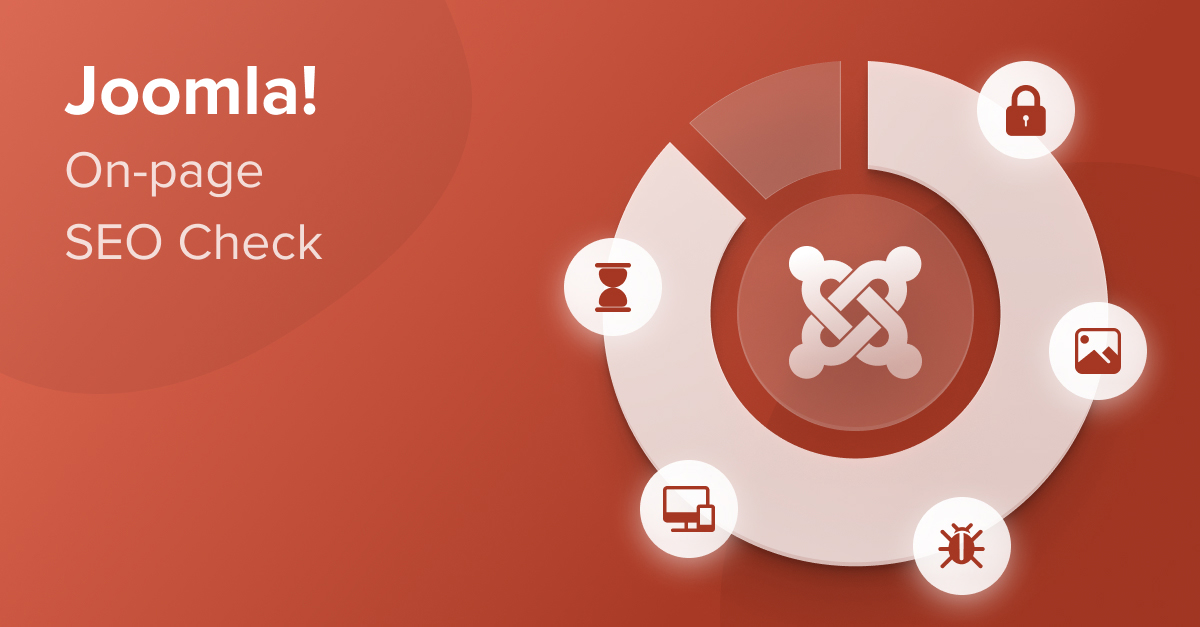

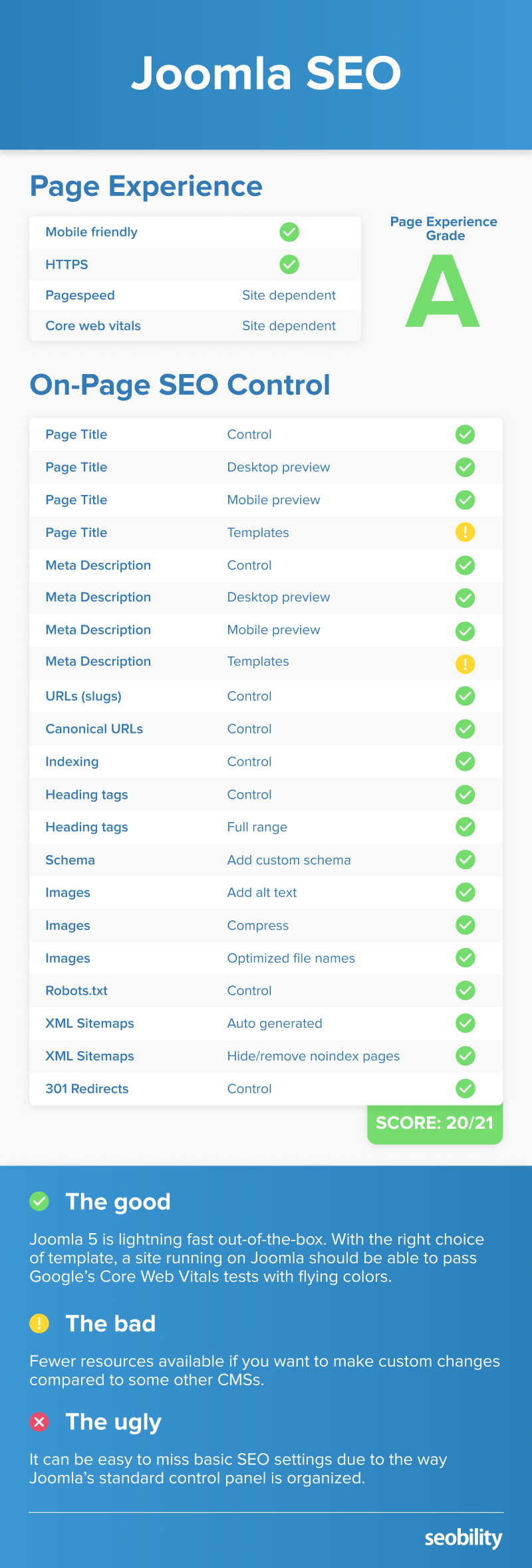
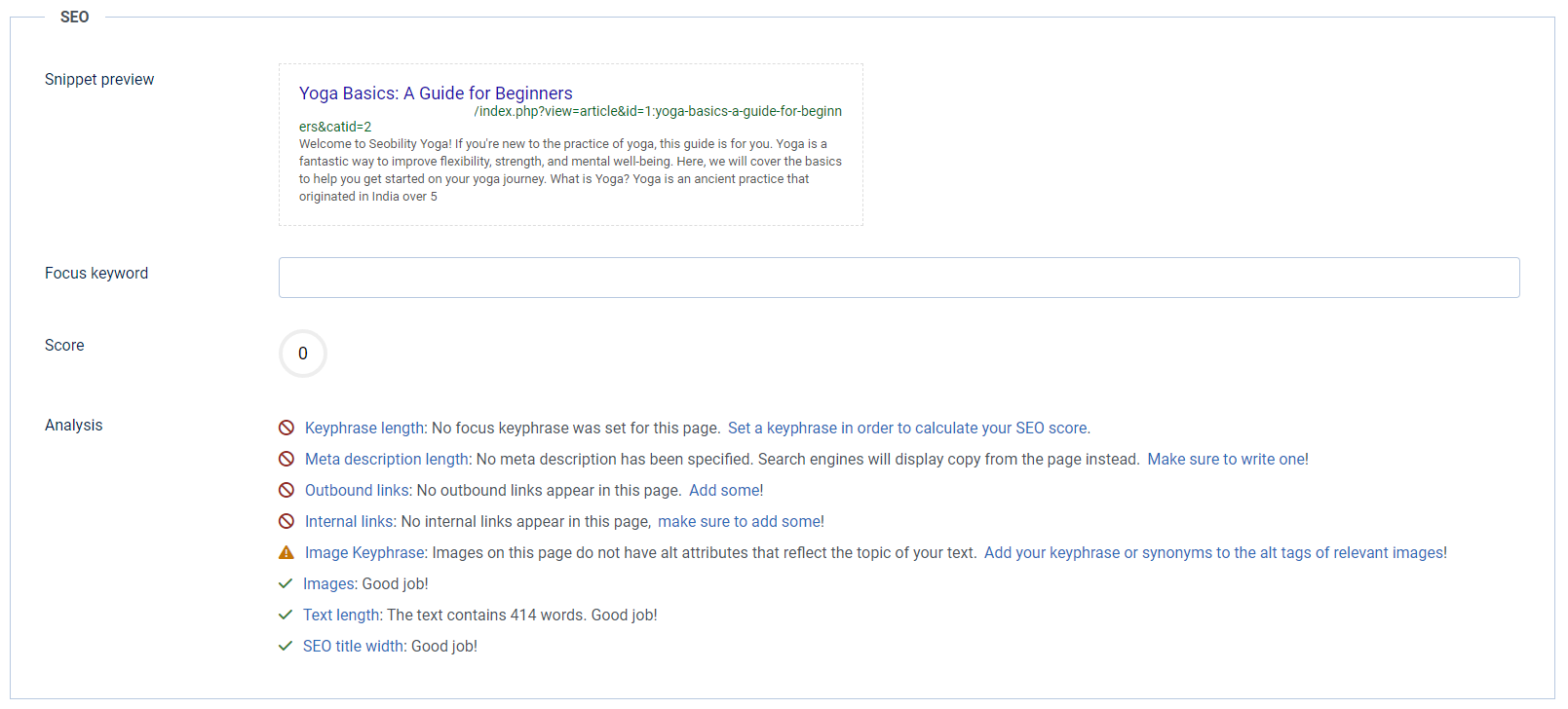
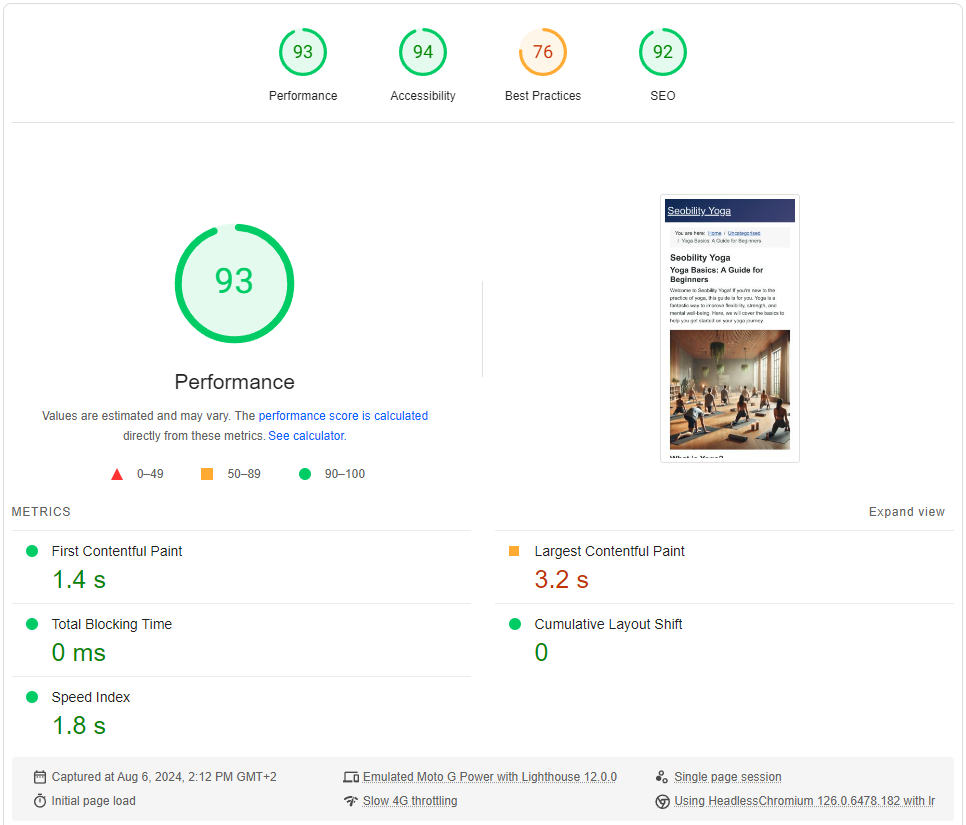
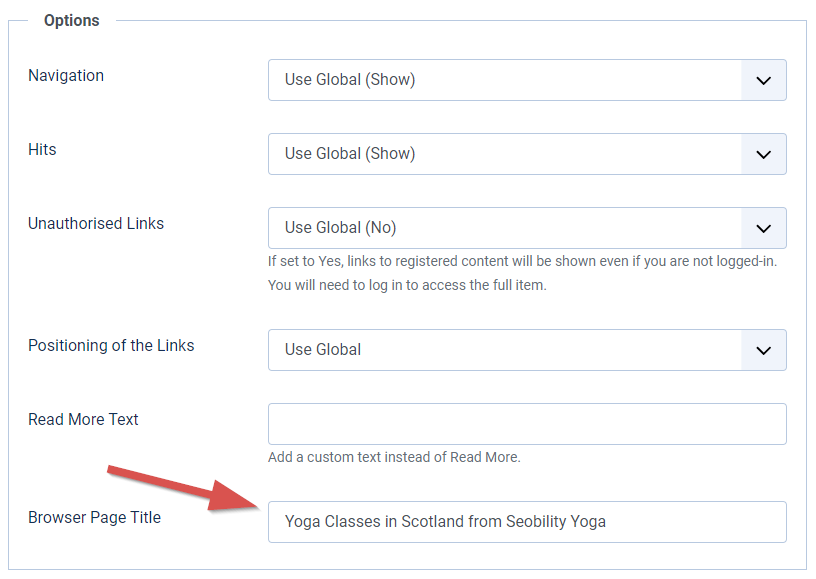
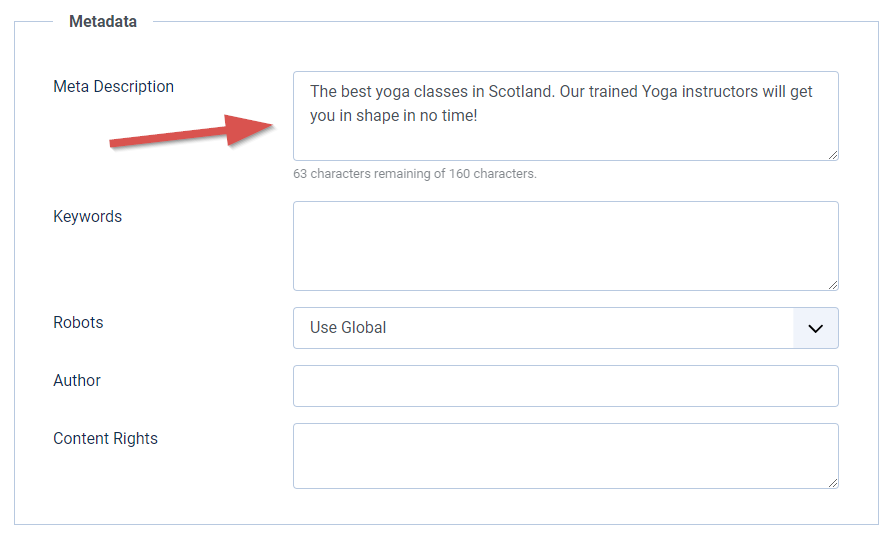
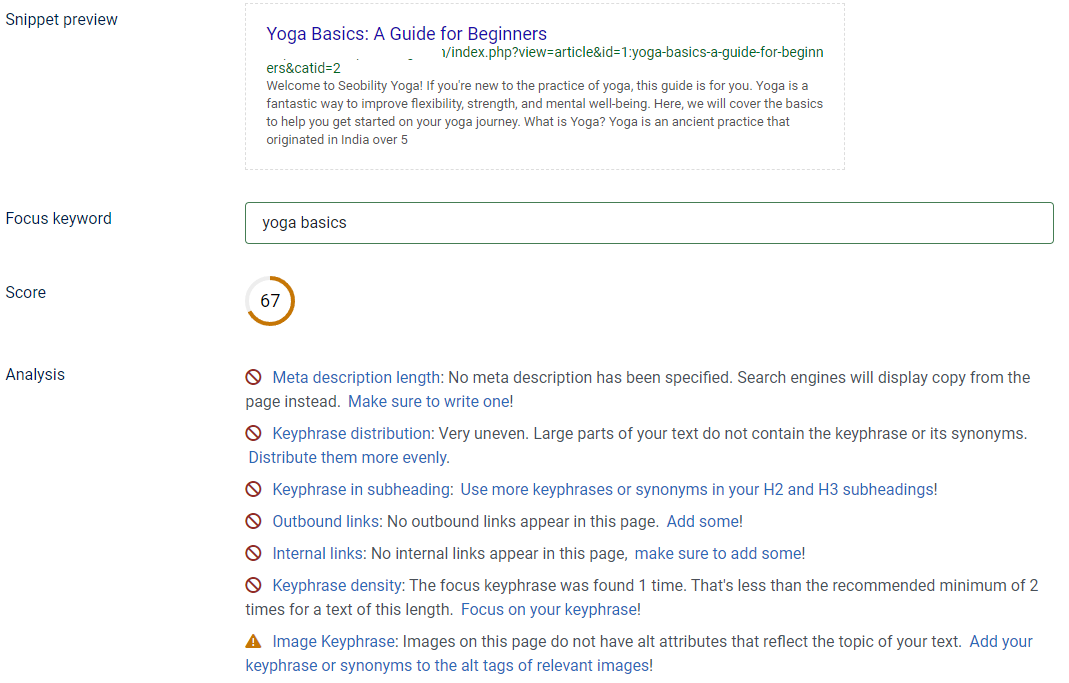
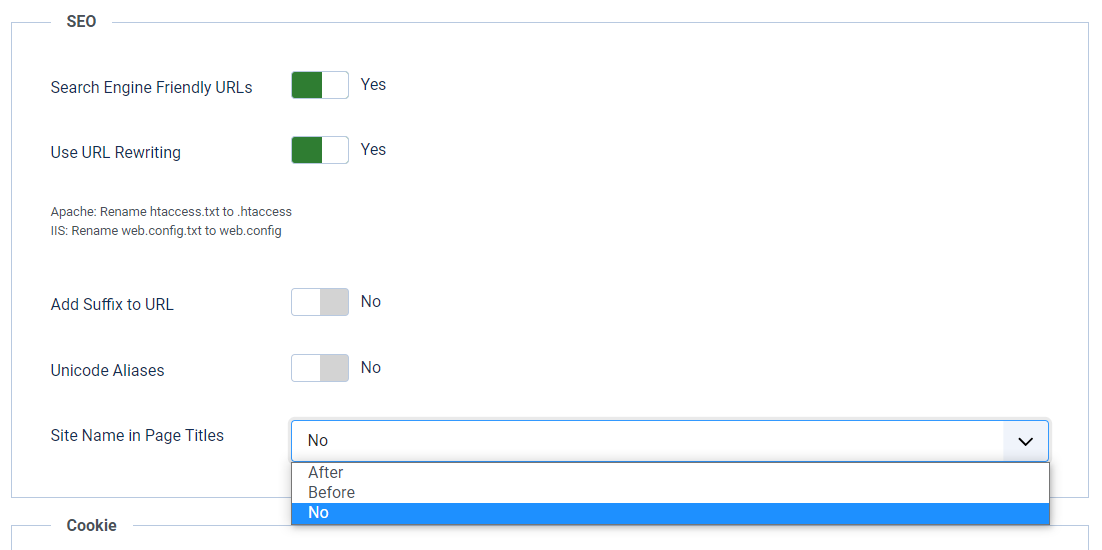
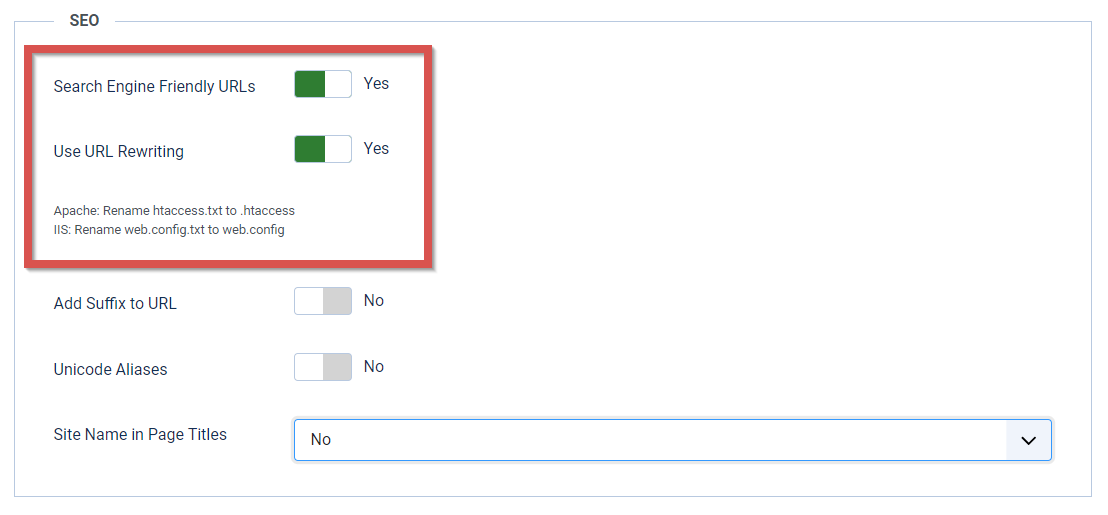

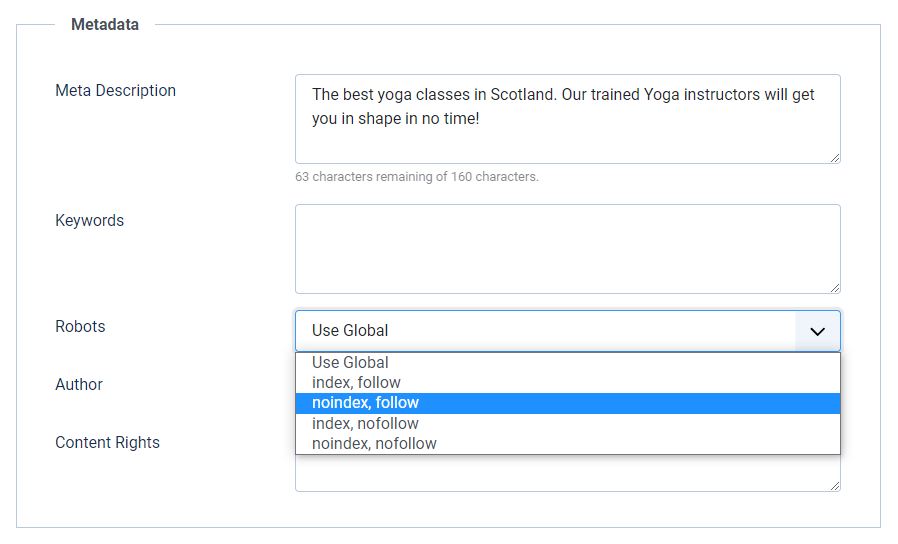
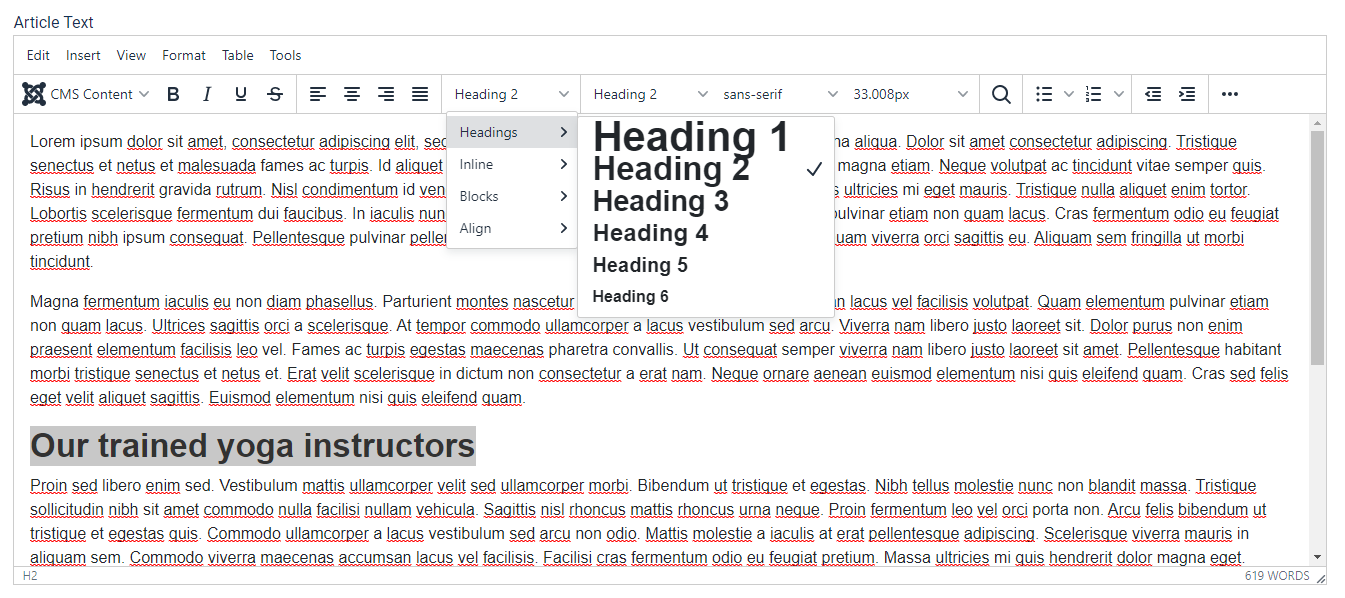

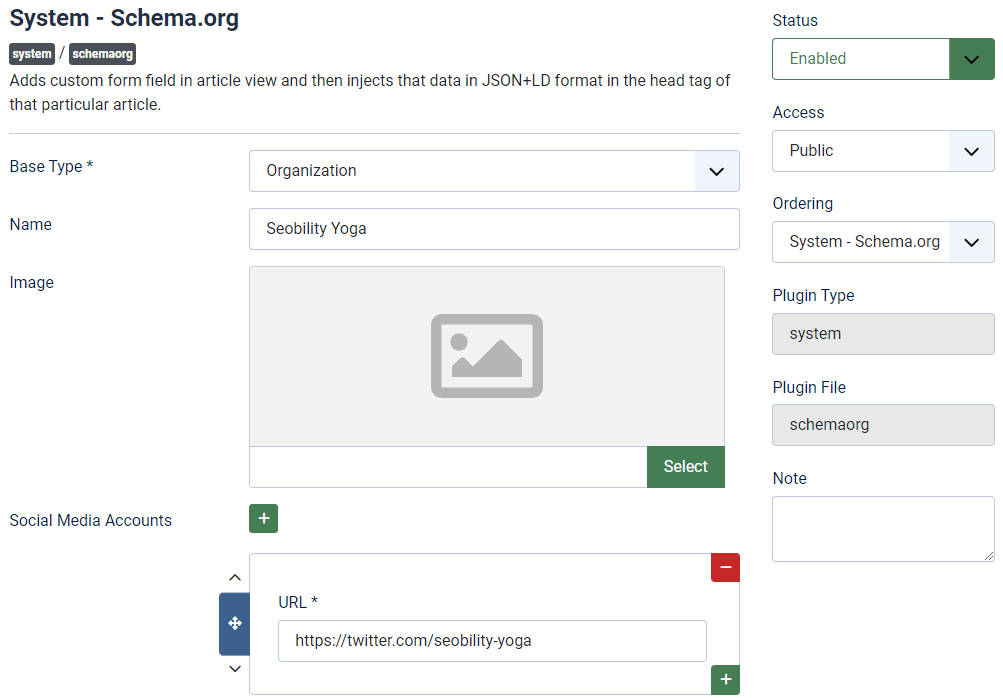
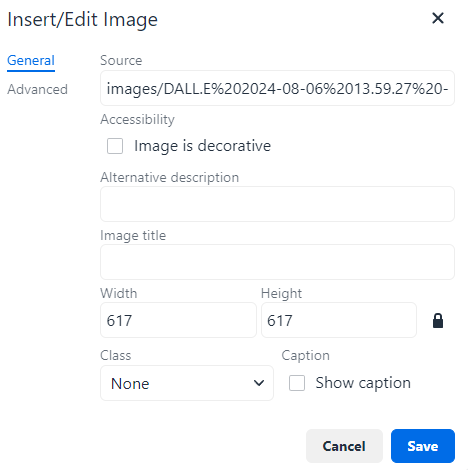
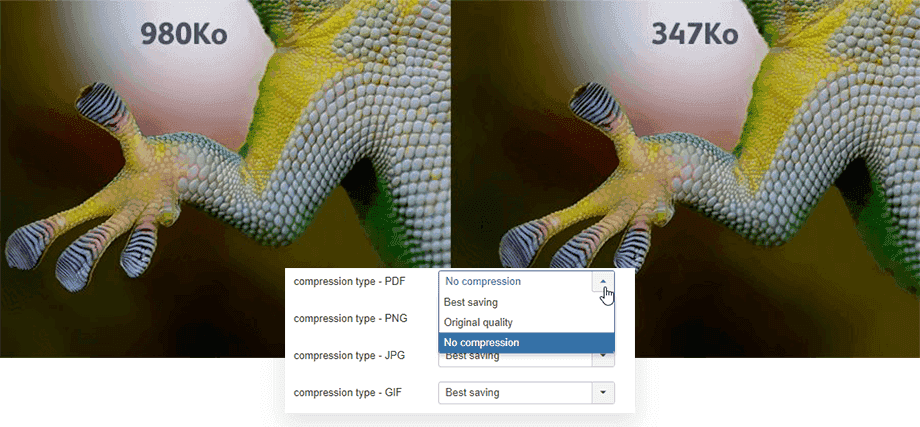
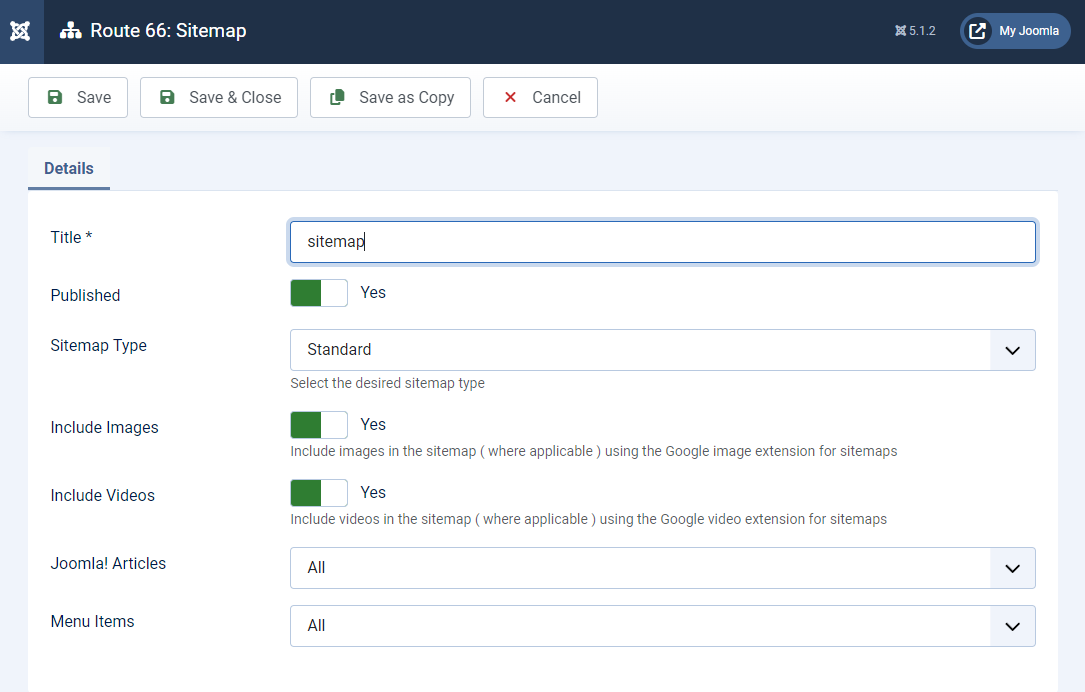
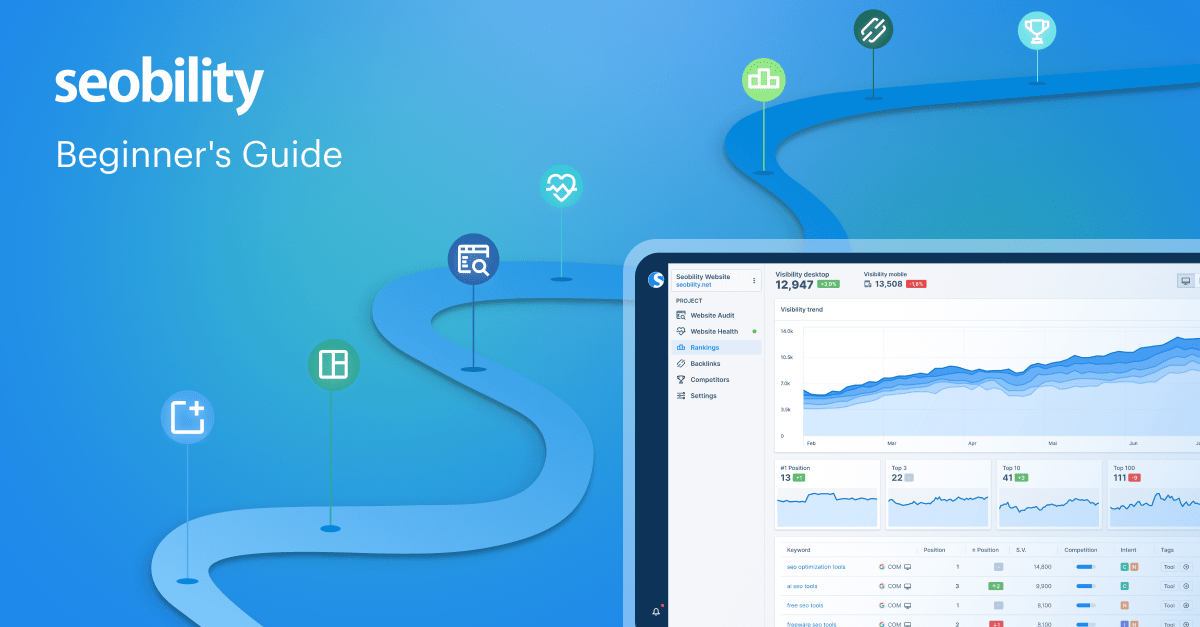

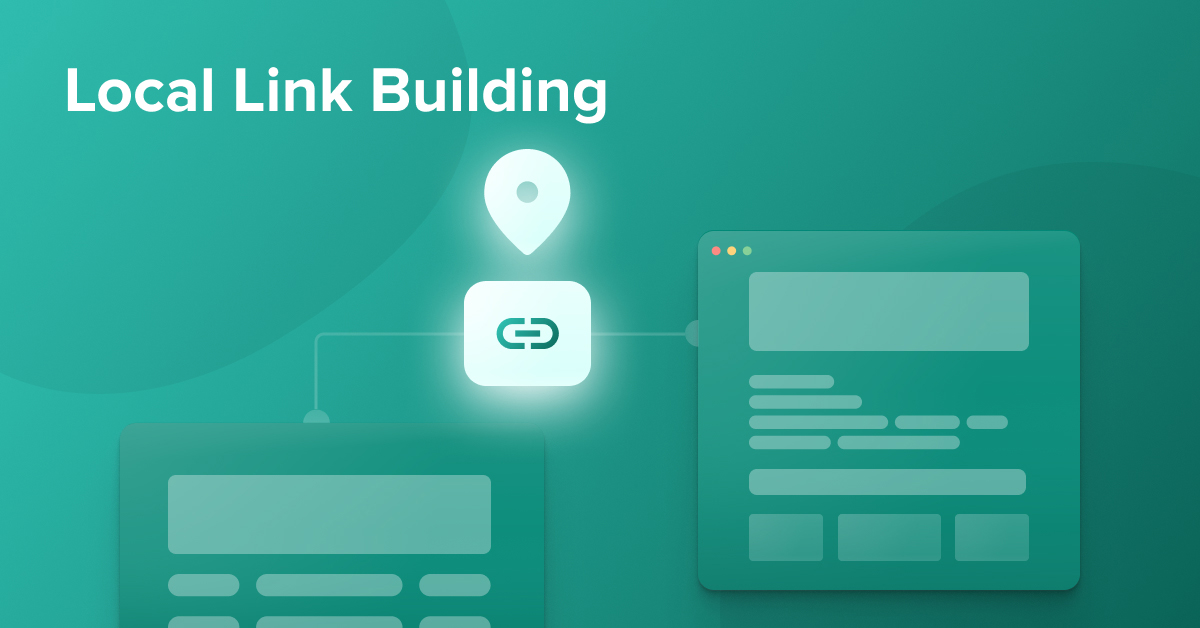

Despite Joomla 4 was released on August 17, this article focusing on a previous version (without mentioning that there’s a new one with new SEO options built-in).
Various commercial Joomla SEO extensions have been tested, but the most popular – PWT SEO has not.
For some reason, the most popular cache plugin – JCH Optimize – which gives 100/100 score at G Pagespeed and GTMetrix on most of our Joomla pages, haven’t been tested either.
In conclusion: this article leaves out the most popular extensions and feels dated, which is strange because much work has been put into them.
Hi Joseph, thanks for the heads up! We rechecked Joomla 4, along with the SEO extension 4SEO, and updated the article 🙂
It was a wonderful article, thank you
Joomla is great against WordPress in most ways
Very understandable informative blog article about Joomla 4 and SEO and still relevant in 2024. The extension 4SEO is very interesting also PWT as mentioned in the replies. These extensions combine many SEO functions to reduce all kinds of separate installs of all kind of extensions that can do 1 part of the seo job like Amy for canonicals for example.